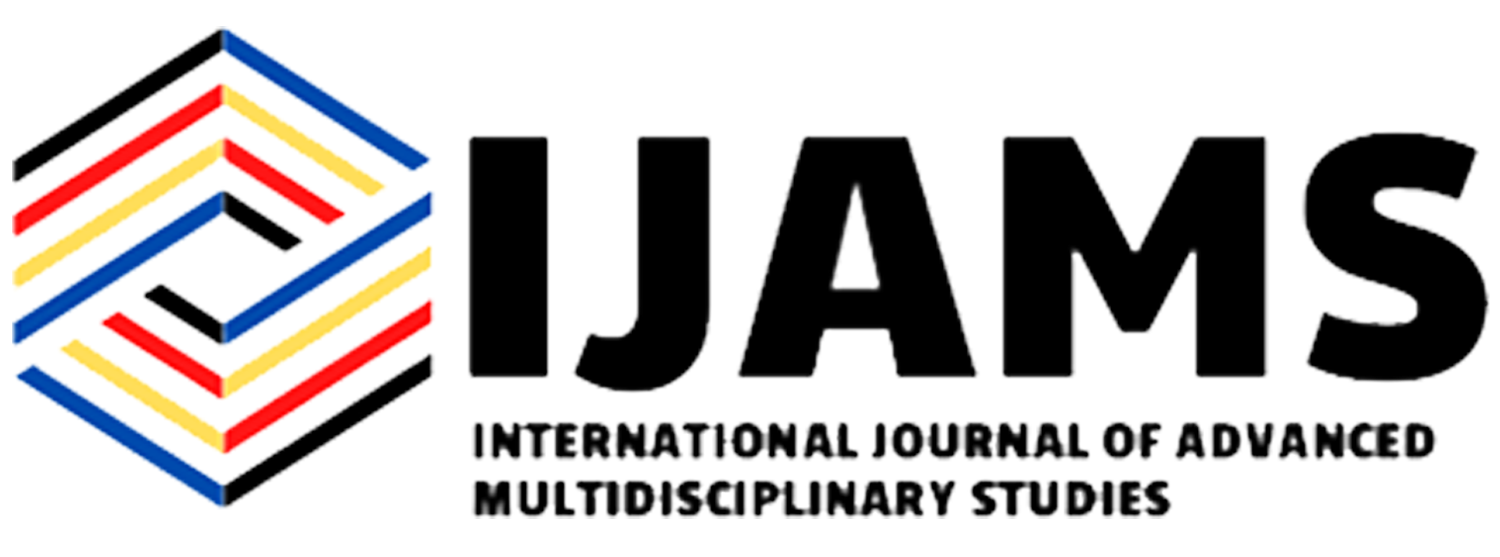ISSN: 2782-893X
eISSN: 2799-0664
 ISSN: 2782- 893X
ISSN: 2782- 893X


The main problem of this study is to determine the relationship of organizational trust
to the level of trust in leadership as perceived by personnel among technical schools in Bulacan
for the school year 2016-2017. Specifically, the study examined the following: (1) administrator
characteristics and predisposition of personnel; (2) level of trust in leadership; (3) relationship
between organizational trust and the level of trust in leadership; and, (4) management intervention
based on the findings.
The study used the descriptive method of research. A standardized survey questionnaire from the
manual of Burke, Sims, Lazzara, and Salas’ Trust in Leadership Multi-level Review and
Integration (2007) was utilized.
The findings were:
1. The administrator characteristics consist of ability, benevolence, and integrity. The overall
verbal interpretation is A or agree. Predisposition of personnel consists of propensity to
trust, attribution style, perceived risk, and leadership prototype. The over
all verbal
interpretation is A or agree.
2. The level of trust in leadership consists of communication, learning, performance, turnover,
and willingness to follow. The overall verbal interpretation is CE or considerable extent.
3. There is a significant relationship between trust in leadership and organizational trust.
4. The management intervention proposed was that of Starnes, Truhon, and McCarthy (2011).
The conclusions are:
1. The personnel of technical schools in Bulacan agree that their administrators possess
ability, benevolence, and integrity and the respondents agree that they possess the
predisposition of personnel.
2. The personnel of technical schools in Bulacan trust their administrators to a considerable
extent.
3. There is a significant relationship between organizational trust and trust in leadership.
4. The management intervention proposed was leading a culture of organizational trust by
Starnes, Truhon, and McCarthy (2011).
The researcher recommends to:
1. Use the organizing framework of competence, benevolence, and integrity of this study to
clarify issues of trust in your educational institution.
2. Set a clear, compelling direction.
3. Create an enabling structure.
4. Provide expert coaching.
5. Continue to genuinely care about your personnel.
6. Maintain the cultivated trust of your personnel.
7.Reciprocate the care and concern of your subordinates.
8. Continue to provide coaching.
9. Promote justice.
10. Adhere to a set of principles that your personnel find acceptable.
11. Maintain a good leader reputation.
12. Invest on your personnel trust.
13. Future researches may consider alternative methodologies and design a more enhanced
survey questionnaire.